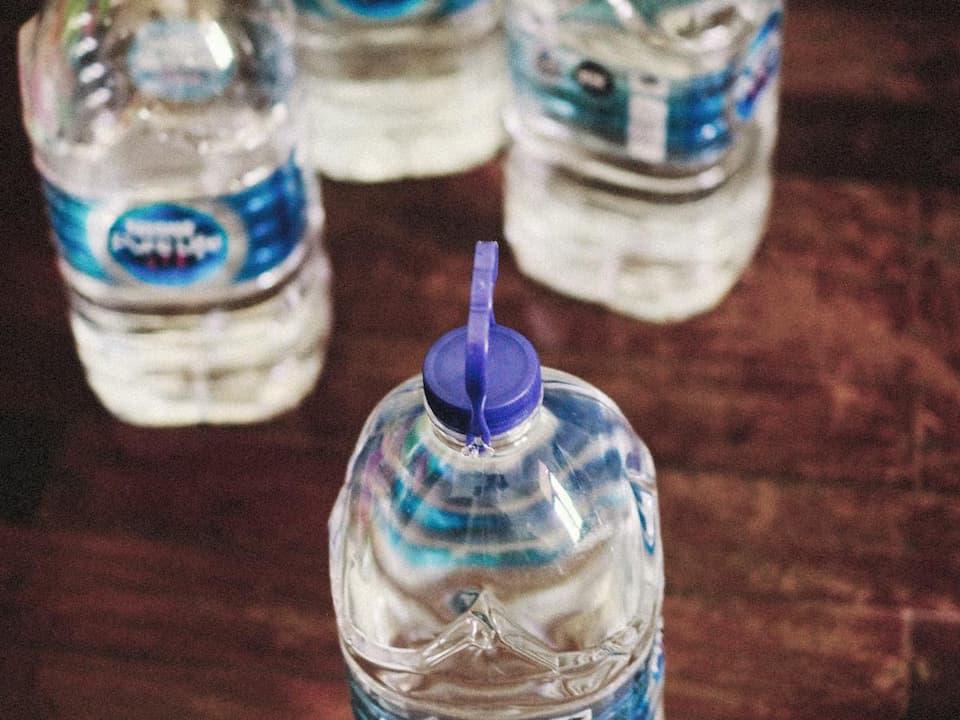When you’re out in the wilderness, medical help isn’t always nearby. Knowing basic first aid skills can make a real difference if you or someone else gets injured or sick.
Learning these skills helps you handle emergencies confidently and keep everyone safer until help arrives. Being prepared means you can focus on enjoying your time outdoors while staying ready for unexpected situations.
How to stop bleeding effectively

First, find the source of the bleeding and cover it with a clean cloth or sterile gauze. Apply firm, steady pressure directly on the wound using your hand.
If the bleeding doesn’t stop, keep pressing without easing up. You can also raise the injured area above the heart to help slow blood flow.
For severe bleeding, consider using a tourniquet if you have one and know how to apply it safely. Always seek medical help as soon as possible.
Performing CPR in the wilderness

If someone stops breathing or their heart stops, you need to act quickly. Start chest compressions by pushing hard and fast in the center of their chest.
You may need to give rescue breaths, especially if you’re alone. Try the cycle of 30 compressions followed by 2 breaths.
Keep going until help arrives or the person shows signs of life. Being prepared with CPR skills can make a real difference in remote areas.
Setting a splint for broken limbs

If you suspect a broken limb, keep the injured area still to prevent further damage. Gently realign the limb only if there is no pulse below the injury.
Use a sturdy object like a stick or rolled cloth as a splint. Pad it well to protect the skin and secure it firmly without cutting off circulation.
Check the person’s pulse and movement after applying the splint. Keep them calm and seek medical help as soon as possible.
Treating burns with natural remedies

If you don’t have conventional supplies, some natural items can help soothe minor burns. Aloe vera is a popular choice because it feels cooling and may reduce irritation.
Honey can act as a gentle antibacterial layer to protect the skin. You might also consider clean, boiled potato peels or mashed papaya to cover the burn.
Always cool your burn first with clean, cool water for at least 10 minutes before applying anything. Avoid using anything too cold or ice directly on the skin.
Recognizing and treating hypothermia

You can spot hypothermia by shivering, confusion, and slow movements. Your skin may feel cold and pale.
If someone shows signs, move them to a warm, dry place immediately. Remove wet clothing gently.
Warm the person gradually by focusing on the chest, neck, and head. Avoid hot water or direct heat. Give warm sugar water if they are conscious.
Handling insect bites and ticks safely

If you get bitten or stung, move to a safe area to prevent more bites. Gently wash the affected skin with soap and water.
For ticks, grasp the head close to your skin and pull upward slowly without twisting. Avoid squeezing or crushing the tick.
Dispose of the tick by sealing it in a container. If the bite or sting causes swelling or pain, apply a clean cloth or bandage to the area. Watch for signs of allergic reactions.
Cleaning and dressing wounds properly

You should start by washing your hands thoroughly to avoid infection. Rinse the wound gently with clean water or saline to remove dirt and debris.
Avoid using soap directly on the wound, but clean around it carefully. If you see any debris inside, remove it with clean tweezers.
Once clean, keep the wound moist with petroleum jelly or antibiotic ointment. Cover it with sterile gauze or an adhesive dressing to protect it while it heals.
Using a rescue mask for safe breaths

When giving rescue breaths, a mask helps protect you and the patient from germs. It creates a barrier between your mouth and theirs, reducing the risk of infection.
You should carry a rescue mask in your first aid kit. Make sure it fits well over the patient’s mouth and nose before giving breaths.
Place the mask on the patient, seal the edges with your hands, and give slow, gentle breaths. This helps keep the airway open and delivers needed oxygen safely.
Preventing heat exhaustion outdoors

You can reduce the risk of heat exhaustion by staying hydrated. Drink plenty of water throughout the day, even if you don’t feel thirsty.
Try to limit your outdoor activity during the hottest parts of the day. Early morning or late afternoon is often cooler and safer.
Wear lightweight, loose-fitting clothing and take breaks in the shade whenever possible. This helps your body stay cool and lowers strain.
Knowing when to evacuate seriously injured victims

You should evacuate if the injury is life-threatening or the person’s condition worsens. Watch for signs like difficulty breathing, severe bleeding, or broken bones exposed through the skin.
If the victim can walk and the injury seems minor, slow and careful evacuation is best. But don’t hesitate to call for help if the injury is serious or unstable.
Your goal is to keep the person safe and avoid making the injury worse while moving them.

Leave a Reply